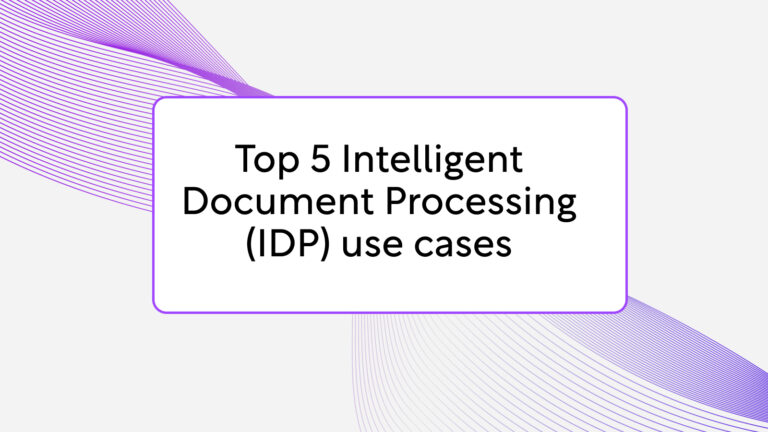If you are anything like me, which in the most general of terms is not that bad, you have a huge stack of mail on the designated “mail cabinet”. This monumental pillar of correspondence is built from many different building blocks like:
- Magazines of which I should have canceled the subscription a long time ago.
- Empty envelopes and their content somewhere in there as well.
- Leaflets telling me to sell my old gold (which I don’t have).
- This week flyer from the nearby supermarket (and lasts weeks, and the five weeks before).
- A couple of books (how did those even get in there?)
Now let me paint you a word picture when I am looking for something there, let’s say a letter from the doctor with an appointment for a flu shot. Imagine a soft rustle from the hallway followed by loud clattering and some curse words that are not suitable to put here. Expect to hear things like: “Where is it, it was there when I didn’t need it” and “Ah this is it….. No this is not it”. If you would look around the corner you would see me standing the content of a pile, now spread out over the floor, frantically searching through it.
Not the most practical approach, I assure you. But why do we do it? And now, of course, I am not talking about your pile of mail at home, but something far more serious. Our personnel files, the personal data of our employees of which we are responsible for. Many would say: “Of course we can improve but it is not as bad as your mail”, to which I say: “My mail might be a mess, but it is stored safely, only I can access it, there are no legal terms to which I have to comply in storage (and throwing away!) and I am not responsible for all the people who work with me, suck on that”.
Because let’s be serious here. Aren’t these the problems we face every day? HR document management is a necessary evil, on which we aren’t as precise and critical about as we should. While digitalising over a 100.000 personnel files spread over 500 locations, I was shocked to learn how much improvement is possible.
Magazines of which I should have canceled the subscription a long time ago.
How many employee personnel files way past their expiration date, that should have been thrown away a long time ago do you have? First of all, if you are not part of the lucky few with digital files, you run into storage space problems. Second of all, finding the right document causes more and more trouble. Because of the storage of out of date and/or irrelevant documents. Lastly, and maybe most importantly, the legal repercussions can be huge. Not even always because of bad maintenance, but possibly because of changing laws.
Throwing documents away can be a legal minefield, though canceling some magazine subscriptions proves to be even more difficult, and is a complicated process. But we have to do it! It is unsafe, irresponsible and most of all illegal and most be approached with the highest degree of care.
Empty envelopes and their content somewhere in there as well.
Empty files and content that really shouldn’t be in the place that it is. Documents misplaced in other people’s personnel files. Empty files don’t pose the biggest problem here. It is better when they are not there, it would give more insight and save space. But misplaced content is a bigger problem. Privacy is being violated when we do this in the wrong way, next to being impossible to keep retention of these “lost” documents up to date. Again, we must organize this! If we don’t we expose ourselves to legal repercussions which will cost a lot of money.
Leaflets telling me to sell my old gold (which I don’t have).
Documents that should have been thrown away right away. There is no single reason to keep them. They will never be used anyway. Birthday cards, photos from the last day of work, funny drawings, report cards from a kid from the employee and post cards from their holiday address (writing from experience here, I threw away these things from employee files). They are fun to keep but not relevant in a personnel file. A personnel file is not a timebox which contains the history of a person, it is a functional and professional container of documents that must comply to regulations. Don’t treat it as a collection of everything that you might ever maybe consider using (meaning that you probably will never use it).
This week flyer from the nearby supermarket (and lasts weeks, and the five weeks before).
Versions, version and more versions. Don’t be surprised when your personnel files contain three versions of the same evaluation moment. One unsigned, one signed and one completely empty. Four versions of an interview report, for some reasons the same document was printed out four times and put in there. Two times the same contract, but signed by different people (again writing from my own experience).
In my experience this leads to files that are ten centimeters thick and again lead to retention problems. And what happens when the content of a version contradicts the content of the other? Don’t be extra safe by storing more than one version of a document. One version is enough. It goes without saying that the same document type can be in the file multiple times (e.g.: multiple contracts, reports from different interviews and evaluations from several years).
A couple of books (how did those even get in there?).
This shouldn’t be in there to begin with. Not because you are not going to use or you already have it there, but simply because it does not belong in this collection of documents. Because either company or legal regulations don’t allow a certain document to be stored in a personnel file. One of the prime examples being the storage of documents containing medical records in the personnel file (which is illegal in the Netherlands). Be aware of what should be in your files but also definitely what shouldn’t be there at all.
That one letter I was looking for: The flu shot appointment.
Finding the right document. Troublesome, to say the least. When poorly sorted, or contaminated with unnecessary documents finding the one that you are looking for can be a pain and sometimes you really need it. To see when a contract ends, to re-read an interview report or for whatever reason.
My mail cabinet can’t handle this.
This all sounds nice but we are obstructed in so many ways. Who takes the time to go through all the documents to see what can be thrown away? Who does that version thing you talked about? I don’t have time to solve these problems.
Luckily there is light at the end of the tunnel. Following a global trend, we rely more and more on digital personnel files. Companies big and small recognize the added value of switching to this form of file keeping and normally the question is not “Why?” but rather “Why didn’t we do this before?”. Nonetheless, digitalising requires an investment. But at the end the investment in more old-fashioned methods is way larger. Fines, unnecessary time spending, lack of privacy and a waste of both space and paper are key phrases to describe these methods that (luckily) get out of fashion rapidly.
Where do I get the best mail cabinet?
To get closer to the utopia of flawless HR document management, you are going to need a good system. There are many systems available, all with their advantages and disadvantages. ProcessMaker IDP is a newly developed content management software aimed at safely organizing and storing data. What sets ProcessMaker IDP apart is the integration of machine learning, enabling smarter and more effective content management. Next to machine learning we offer advanced search and retention management with a minimum of user effort.
So………what do I do now?
It is time to retire the mail cabinet. The growing amount of data we have to and want to store make this way of working impractical and irresponsible to say the least. While we build firewalls and password around our most valued data and secrets to often we forget this important source of data.
So, retire the mail cabinet and move to a more sustainable system. If you do that, I will cancel some magazine subscriptions. Promise.





